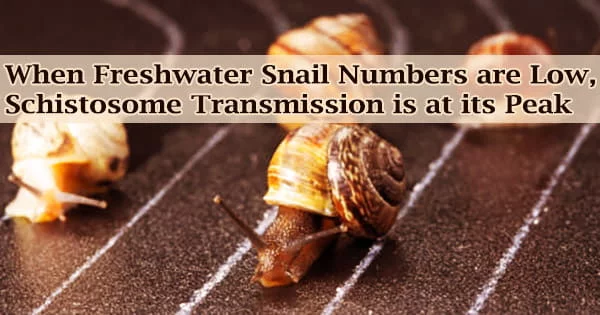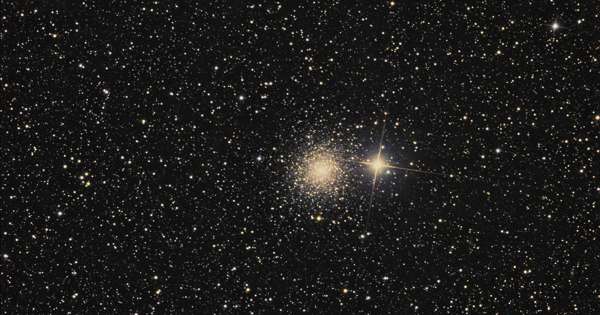Modern snakes descended from ancestors who coexisted with dinosaurs and likely preyed primarily on insects and lizards. Then, 66 million years ago, a mile-wide asteroid wiped out nearly all dinosaurs and roughly three-quarters of the planet’s plant and animal species, paving the way for the early Cenozoic Era’s dramatic diversity of mammals and birds.
Early snakes took advantage of that ecological opportunity and the smorgasbord it provided, according to a new University of Michigan study, rapidly and repeatedly generating fresh nutritional adaptations and prey preferences.
The study, which combines genetic evidence with ecological data taken from preserved museum specimens, will be published online in the journal PLOS Biology on October 14th.
“We found a major burst of snake dietary diversification after the dinosaur extinction species were evolving quickly and rapidly acquiring the ability to eat new types of prey,” said study lead author Michael Grundler, who did the work for his doctoral dissertation at U-M and who is now a postdoctoral researcher at UCLA.
Snake diets began to include mammals and birds, which were diversifying in the aftermath of the extinction. Snakes with specialized diets, such as those that only eat slugs or snails, or snakes that exclusively consume lizard eggs, have also emerged.
When snakes invaded new areas, such as the New World, they experienced similar surges of nutritional variety.
“What this suggests is that snakes are taking advantage of opportunities in ecosystems,” said U-M evolutionary biologist and study co-author Daniel Rabosky, who was Grundler’s doctoral adviser.
“Sometimes those opportunities are created by extinctions and sometimes they are caused by an ancient snake dispersing to a new landmass.”
According to Grundler and Rabosky, those frequent transformative transformations in nutritional ecology were significant drivers of adaptive radiation, the production of a range of novel forms adapted for varied habitats and methods of living.
Some people think that zoology collections are just warehouses for dead animals, but that stereotype is completely inaccurate. Our results highlight what a tremendous, world-class resource these collections are for answering questions that are almost impossible to answer otherwise.
Daniel Rabosky
With over 3,700 species worldwide, modern snakes are astonishingly varied. They also have a wide range of diets, ranging from tiny leaf-litter snakes that consume only invertebrates like ants and earthworms to huge constrictors like boas and pythons that eat mammals the size of antelope.
So, how did legless, toothless reptiles become such vital land and marine predators? To discover out, Grundler and Rabosky compiled a database of 882 modern-day snake species’ diets.
More than 34,000 direct observations of snake diets are included in the collection, which was compiled through published descriptions of scientists’ field interactions with snakes and the examination of the stomach contents of preserved museum specimens. Many of the specimens come from the University of Michigan Museum of Zoology, which has the world’s second-largest reptile and amphibian collection.
All living species are descended from previous generations of species. However, due to the scarcity of snake fossils, direct observation of the ancient ancestors of extant snakes and their evolutionary links is mostly unavailable.
Those connections, however, are retained in the DNA of live snakes. Biologists may extract that genetic information and utilize it to create phylogenies, which are family trees.
Grundler and Rabosky created a new mathematical model that combined their nutritional data with previously published snake phylogeny data to determine what long-extinct snake species were like.
“You might think it would be impossible to know things about species that lived long ago and for which we have no fossil information,” said Rabosky, an associate professor in the U-M Department of Ecology and Evolutionary Biology and an associate curator at the Museum of Zoology.
“But provided that we have information about evolutionary relationships and data about species that are now living, we can use these sophisticated models to estimate what their long-ago ancestors were like.”
The new study demonstrated similar abrupt nutritional modifications when groups of snakes invaded new locations, in addition to indicating a huge burst of snake dietary diversification following the loss of the dinosaurs in the K-Pg mass extinction.
When the Colubroidea superfamily of snakes arrived in the New World, for example, some of the greatest rates of dietary change, including a 200 percent rise for one subfamily, happened.
Colubroid snakes make up the majority of today’s snake diversity, with species found on every continent except Antarctica. All venomous snakes and most other familiar snakes are included; boas, pythons, and a few uncommon snakes such as blind snakes and pipe snakes are excluded.
Grundler and Rabosky also discovered a great deal of variation in how quickly snakes evolve new diets. For tens of millions of years, other animals, such as blind snakes, evolved more slowly and ate largely ants and termite larvae.
The dipsadine snakes, a huge subfamily of colubroid snakes with over 700 species, are on the other end of the spectrum. According to the latest study, they have witnessed a continuous burst of nutritional variety since arriving in the New World around 20 million years ago.
Goo-eaters, false water cobras, woodland flame snakes, and hognose snakes are among the dipsadines. To warn off predators, many of them simulate dangerous coral snakes, which are known locally as false coral snakes.
“In a relatively short period of time, they’ve had species evolve to specialize on earthworms, on fishes, on frogs, on slugs, on snakelike eels even other snakes themselves,” Grundlersaid.
“A lot of the stories of evolutionary success that make it into the textbooks such as Darwin’s famous finches are nowhere near as impressive as some groups of snakes. The dipsadines of South and Central America have just exploded in all aspects of their diversity, and yet they are almost completely unknown outside the community of snake biologists.”
Rabosky and Grundler emphasized that their research would not have been possible without the knowledge gathered from museum specimens that had been conserved.
“Some people think that zoology collections are just warehouses for dead animals, but that stereotype is completely inaccurate,” Rabosky said. “Our results highlight what a tremendous, world-class resource these collections are for answering questions that are almost impossible to answer otherwise.”
Funding for the study was provided by the National Science Foundation and the David and Lucile Packard Foundation.
















